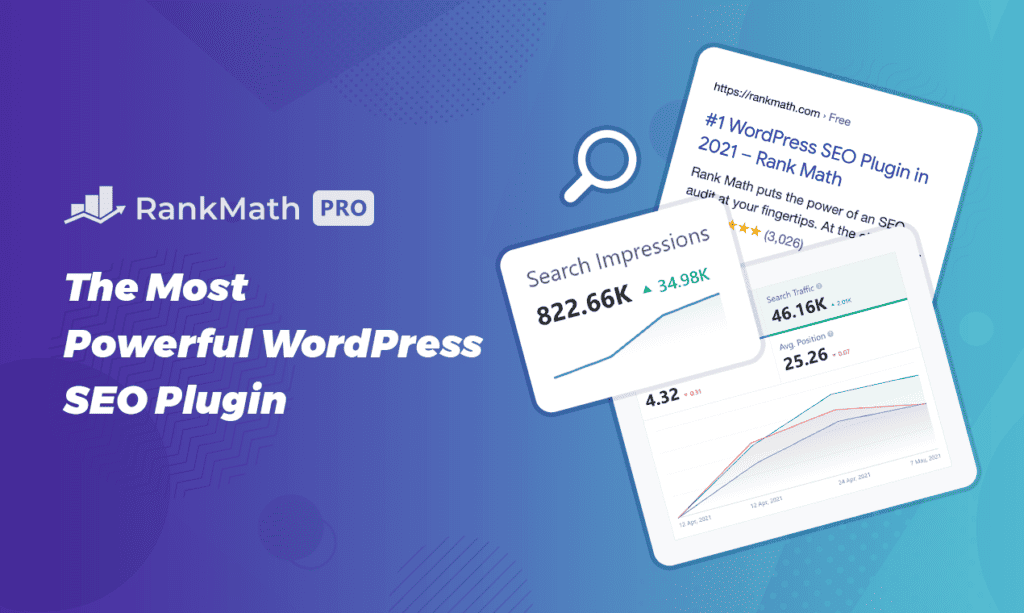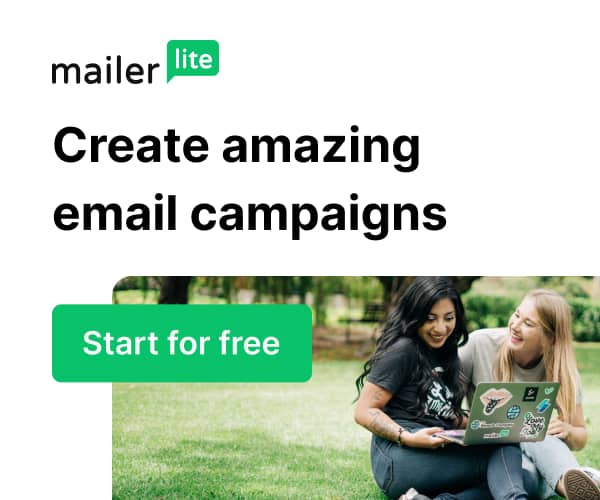Step-by-Step Guide: How to Start a WordPress Blog in 2024

Starting a WordPress blog in 2024 is an exciting opportunity to share your ideas, connect with like-minded individuals, and even make money online. Whether you’re a seasoned writer or a beginner exploring the world of blogging, this step-by-step guide will walk you through the process of starting a WordPress blog from scratch. With a little bit of creativity and dedication, you’ll be well on your way to creating a successful and impactful blog in no time.
Key Takeaways:
- Define your purpose and niche to create a focused and targeted blog.
- Choose a domain name and hosting provider to establish your blog’s online presence.
- Install WordPress to access a powerful and customizable blogging platform.
- Select a WordPress theme that aligns with your blog’s brand and style.
- Customize your blog with plugins and widgets to enhance its functionality and design.
Step 1: Define Your Purpose and Niche
Before starting your WordPress blog, it’s essential to define your purpose and niche. Your purpose will determine the goals and objectives of your blog, whether it’s to share personal experiences, provide informative content, or promote a business. Your niche, on the other hand, is the specific topic or theme that your blog will focus on. It’s important to choose a niche that you are passionate about and have knowledge or expertise in. This will help you create compelling and engaging content for your audience.
Step 2: Choose a Domain Name and Hosting
Once you have defined your purpose and niche, the next step in starting a WordPress blog is to choose a domain name and hosting. Your domain name is the web address that your blog will have (e.g., learnwpcms.com), and hosting is the service that stores your blog’s files and makes it accessible on the internet.
Where to buy a domain name?
There are many domain registrars out there, for example, NameCheap
When choosing a domain name, it’s important to pick a name that reflects your blog’s topic or brand. It should be easy to remember and spell, and preferably include relevant keywords. This will make it easier for people to find and remember your blog.
When it comes to hosting, there are two options to consider: managed hosting and self-hosting.
Managed Hosting
Managed hosting providers, such as Kinsta and Rocket.net, offer optimized hosting specifically for WordPress. This means they have servers and infrastructure that are designed to meet the unique needs of WordPress websites. Managed hosting providers ensure that your blog is secure, fast, and easily manageable. They often offer automatic backups, security measures, and technical support, making it a hassle-free option for beginners or those who prefer a hands-off approach.
Self-Hosting
On the other hand, self-hosting gives you more control and flexibility over your blog. With self-hosting, you choose a hosting provider, such as Siteground or Hostinger, and manage your blog’s files, security, and updates yourself. This option requires a bit more technical knowledge and hands-on management, but it allows you to customize your blog according to your specific needs and preferences. Experienced bloggers or those who want complete control over their website frequently favor self-hosting.
Step 3: Install WordPress
Now that you have your domain name and hosting set up, it’s time to install WordPress. Luckily, most hosting providers make the installation process quick and easy with their one-click installation options. Simply follow the instructions provided by your hosting provider to install WordPress on your domain.
Once the installation is complete, you can access the WordPress dashboard. This is where you will manage and customize your blog, publish new posts, and make any necessary changes to your site settings.
Installing WordPress is a crucial step in setting up your blog. It lays the foundation for everything that comes next, allowing you to unleash your creativity and start creating amazing content for your readers.
Step 4: Choose a WordPress Theme
Choosing the right WordPress theme is crucial for customizing the look and feel of your blog. With thousands of free and premium themes available, you can find one that perfectly matches your style and functional requirements.
Your first option is to browse the official WordPress theme directory, where you’ll find a wide range of themes in different categories. Whether you’re looking for a minimalist design, a magazine-style layout, or an eCommerce-focused theme, you can filter the options based on your preferences.
How to get more themes?
If you’re seeking even more choices and unique designs, third-party theme marketplaces like ThemeForest and ThemeIsle offer a diverse selection of premium themes. These marketplaces feature themes from reputable developers that often include additional features and support.
But what if you can’t find a theme that suits your specific needs? Don’t worry – you can always create your own custom theme using page builders like Elementor and Breakdance. These page builders allow you to design and build your own theme without any coding knowledge.
Personally, we recommend Breakdance page builder because the output is cleaner, not bloated, and you don’t need extra extensions to build your website like Elementor.
How to use page builders to build your own theme?
These drag-and-drop builders provide a user-friendly interface where you can visually design and customize your theme’s layout, elements, and styles. With pre-designed templates and intuitive controls, you can easily build a unique and professional-looking theme for your WordPress blog.
Unleash your creative potential with Breakdance – the game-changing visual builder with 130+ built-in elements and deep WooCommerce integration.
Step 5: Customize Your Blog
Now that you have chosen a WordPress theme for your blog, it’s time to make it your own by customizing its design and functionality. WordPress provides a wide range of customization options through the use of plugins and widgets.

Plugins: Plugins are small pieces of software that you can install on your WordPress site to add new features and functionalities. With thousands of plugins available, you can easily enhance your blog’s performance, improve its SEO, integrate social media, add contact forms, and more. Popular plugins include Yoast SEO, Contact Form 7, and Jetpack.
Widgets: Widgets allow you to customize the appearance and layout of your blog’s sidebar, footer, and other areas. You can use widgets to add menus, display recent posts, show social media feeds, and provide other interactive elements for your visitors. WordPress comes with several built-in widgets, and you can also find additional widgets through plugins and your chosen theme.
By customizing your blog with plugins and widgets, you can create a unique and visually appealing website that suits your brand and engages your audience. Remember to choose plugins and widgets that are relevant to your blog’s purpose and provide value to your readers. Experiment with different options and configurations to find the perfect customization that showcases your content in the best possible way.
Step 6: Create Compelling Content
Creating compelling content is the heart of a successful blog. When writing blog posts, it’s essential to generate engaging and informative content that resonates with your target audience. Here are some content creation tips to help you create captivating blog posts:
- Consider your niche and purpose: Before writing, think about the purpose of your blog and the niche you are targeting. This will help you brainstorm content ideas that align with your blog’s goals and appeal to your audience.
- Provide valuable information: Focus on delivering valuable information to your readers. Share your knowledge, personal experiences, and insights that can benefit your audience.
- Share personal stories: Connect with your readers on a deeper level by incorporating personal stories and anecdotes into your blog posts. This helps to create a sense of authenticity and relatability.
- Use a conversational tone: Write in a conversational tone to make your blog posts more engaging. Avoid using overly technical or formal language that may alienate your readers.
- Break up your content: Break up your content into smaller sections with headings and subheadings. This makes it easier for readers to navigate through your blog posts and find the information they are looking for.
- Include visual elements: Incorporate images, videos, and other visual elements to enhance the visual appeal of your blog posts. Visuals can help illustrate your points and make your content more engaging.
- Publish consistently: Consistency is key in keeping your audience coming back for more. Set a regular publishing schedule and aim to publish new content on a consistent basis.
To make your blog posts stand out, focus on creating engaging, informative, and valuable content that resonates with your audience. By implementing these content creation tips, you can create blog posts that attract and retain readers, helping you to build a successful blog.
Step 7: Optimize for SEO
Optimizing your blog for search engines (SEO) is crucial to increase visibility and attract organic traffic. To ensure your blog ranks well in search engine results pages (SERPs), consider the following:
Conduct Keyword Research
Start by conducting keyword research to find relevant keywords and phrases that your target audience is searching for. Use online tools such as Google Keyword Planner or SEMrush to discover high-volume keywords with low competition. Incorporate these keywords strategically into your blog posts, headings, meta descriptions, and URLs.
Utilize SEO Plugins
Install SEO plugins like RankMath to help optimize your content. These plugins offer features such as on-page SEO analysis, XML sitemap generation, and title tag optimization. They also provide suggestions on how to improve your content’s SEO and readability. Take advantage of these tools to enhance your blog’s SEO performance.
Create High-Quality, Relevant Content
Focus on creating high-quality, relevant content that provides value to your readers. Search engines prioritize content that is informative, engaging, and addresses the needs of the user. By delivering valuable content consistently, you can establish yourself as an authority in your niche and attract a loyal audience.
Step 8: Promote Your Blog
Promoting your blog is essential to attract readers and grow your audience. There are several effective strategies to increase your blog’s visibility and reach.
- Social Media Marketing: Utilize popular social media platforms like Facebook, Instagram, Twitter, and LinkedIn to share your blog posts. Create engaging content, use relevant hashtags, and interact with your audience to build a strong online presence.
- Guest Blogging: Write informative and high-quality articles for other websites in your niche. By guest blogging, you expand your reach, gain exposure, and position yourself as an authority in your field.
- Email Marketing: Build an email list of your blog subscribers and send regular newsletters to keep them engaged. Provide valuable content, exclusive offers, and updates to drive traffic back to your blog.
To visually illustrate the importance of blog promotion, consider the following image:
Explore different promotion strategies and channels to find what works best for you and your target audience. Remember, consistent promotion is key to attracting readers and achieving blogging success.
Step 9: Monetize Your Blog (Optional)
If you’re interested in monetizing your blog, there are several ways to make money from your blogging efforts. Let me share with you some strategies that can help you turn your passion into profit.
Affiliate Marketing
One popular method of blog monetization is affiliate marketing. This involves partnering with companies or brands and promoting their products or services on your blog. By including special affiliate links in your content and earning a commission for each sale or referral made through those links, you can generate income from your blog. It’s important to choose products or services that align with your blog’s niche and appeal to your target audience to maximize your chances of success.
Sponsored Content
Another way to monetize your blog is through sponsored content. This involves collaborating with brands or companies to create sponsored blog posts or product reviews. By sharing your honest opinion and experiences with their products or services, you can earn a fee or receive free products or services in exchange. It’s crucial to maintain transparency and only partner with brands that align with your values and resonate with your audience.
Display Ads
Displaying ads on your blog can be a passive but effective way to generate income. Ad networks like Google AdSense allow you to place ads on your blog, and you earn money when visitors click on those ads or based on the number of impressions. The key to success with display ads is to optimize ad placement and choose relevant and non-intrusive ads that don’t disrupt the user experience on your blog.
Other Monetization Strategies
In addition to affiliate marketing, sponsored content, and display ads, there are other monetization strategies you can explore:
- Create and sell your own digital products, such as e-books, online courses, or templates.
- Offer consulting or coaching services related to your blog’s niche.
- Host webinars or live events and charge for participation or sponsorship.
- Launch a membership or subscription-based model, offering exclusive content or services to paying members.
Remember, the monetization strategies you choose should align with your blog’s niche and cater to the interests and needs of your audience. Experiment with different methods, track your results, and refine your approach over time to find the best way to monetize your blog.
Step 10: Analyze and Adapt
Analyzing and tracking the performance of your blog is crucial to understand what strategies and content resonate with your audience. By using website analytics tools like Google Analytics, you can gather data on various aspects of your blog’s performance.
Firstly, take a look at your blog’s traffic. Identify which blog posts are performing well and attracting the most visitors. This information can give you insights into the type of content your audience finds valuable.
Next, pay attention to the sources of your traffic. Are visitors finding your blog through search engines, social media platforms, or referral websites? Understanding where your traffic is coming from can help you focus your promotional efforts and invest in the most effective channels.
Lastly, analyze user behavior on your site. Look for metrics such as bounce rate, time spent on page, and click-through rates. These metrics can provide valuable insights into how users are interacting with your blog and whether they are finding the information they need.
By analyzing this data, you can identify areas for improvement, adapt your content strategy, and make data-driven decisions to optimize your blog. Remember, the key is to continually evaluate and adapt based on the insights you gain from analytics. This ongoing process of analysis and adaptation will help you grow your blog and provide the best possible experience for your audience.

Helmi Friday
Elementor Alternative
on Autopilot






